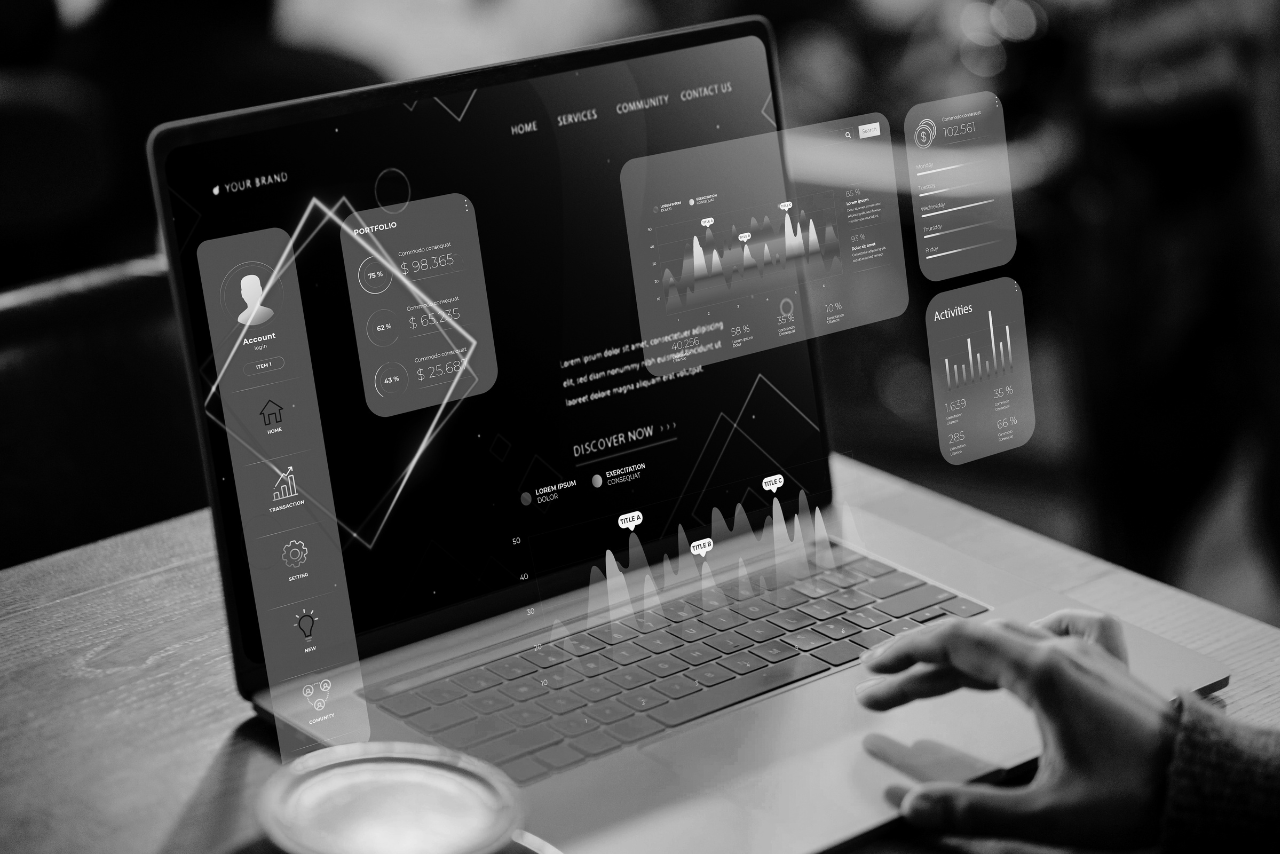The fintech industry is rapidly evolving, transforming traditional banking concepts. User interface (UI) and user experience (UX) design has become a key differentiator in this competitive market. Innovative design approaches don’t just improve usability—they’ve become critical factors in attracting and retaining users in today’s digital financial ecosystem.
Key Innovations Shaping Current Fintech Design
AI-Powered PersonalizationAI-Powered Personalization
AI integration is currently radically transforming the user experience in fintech products. Systems analyze transaction data in real time, creating interfaces that adapt to individual user behavior.
Machine learning algorithms enable predictive analytics and personalized financial scenarios, anticipating client needs before users recognize them. In lending, AI systems automate underwriting processes, reducing decision times from days to seconds while improving risk assessment accuracy.
Gamification for Financial Engagement
Financial management is often perceived as complex and unappealing. Gamificatin is changing this perception today, transforming financial planning into an engaging process.
Reward systems motivate users to achieve financial goals through progressive achievement mechanics. Competitive elements increase retention and financial activity. Interactive investment simulators allow users to test strategies without risk, significantly lowering the barrier to entry into the investment world.
Biometric and Behavioral Authentication
The revolution in fintech application security stems from the transition from passwords to biometric authentication systems. Modern solutions combine facial recognition, fingerprint scanning, and voice verification into a unified identification system.
Behavioral authentication analyzes device interaction patterns—from screen pressure to typing speed. These systems detect anomalies in real-time, providing protection without creating additional friction in the user journey.
Current Challenges in Fintech UI/UX Design
Cognitive balance remains a critical issue in financial interfaces. Fintech platforms must provide comprehensive analytics while maintaining intuitive simplicity. The solution many companies are implementing lies in modular interfaces with progressive data visualization.
The regulatory landscape continues to evolve, creating new requirements for transparency and data visualization. Integrating PSD2, GDPR, and local regulatory requirements into the UX architecture transforms compliance into a natural interface component.
Financial inclusivity has become a key factor in scaling fintech solutions today. Multi-level interfaces accommodate various levels of financial literacy. Current innovative approaches include visual modeling of financial concepts and adaptive interface complexity that changes based on user proficiency.
Check our article on future trends of Fintech UI/UX Design!





